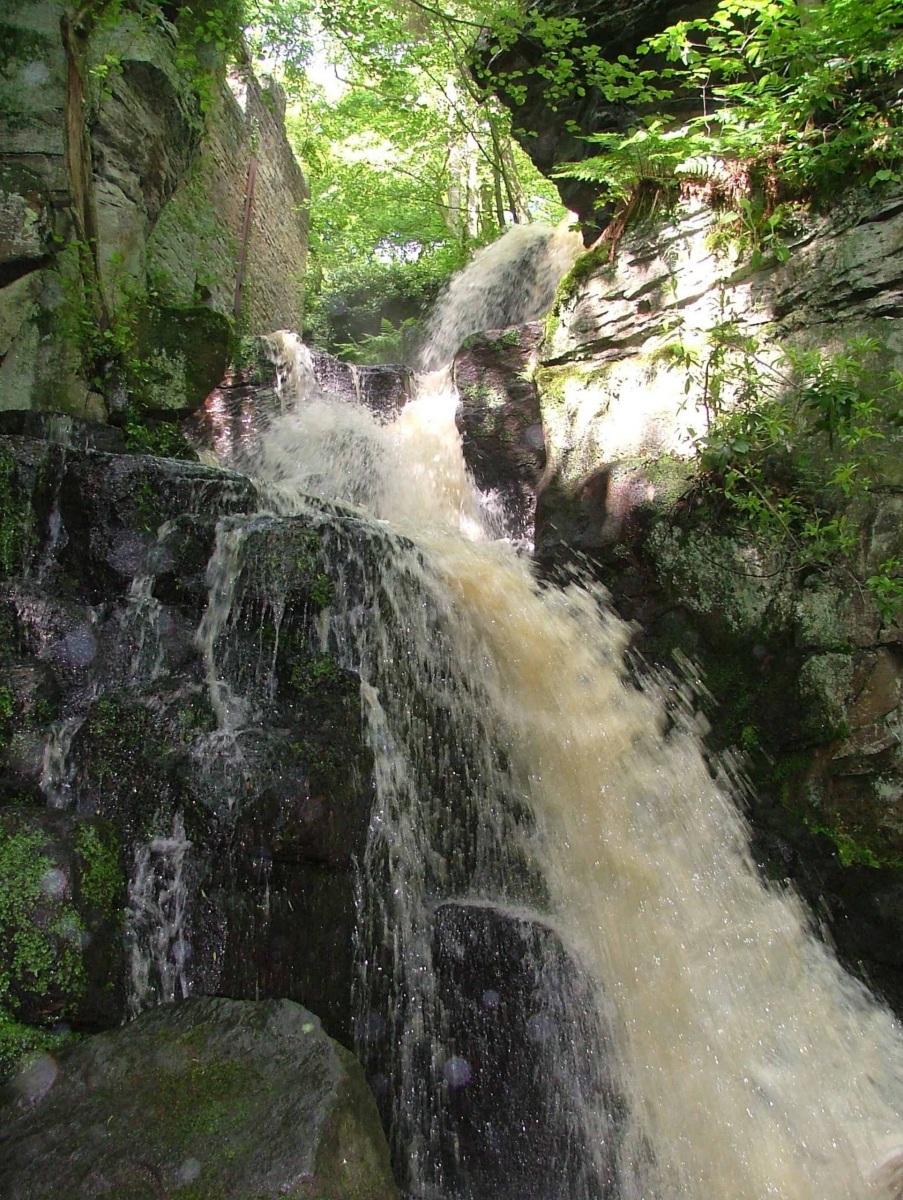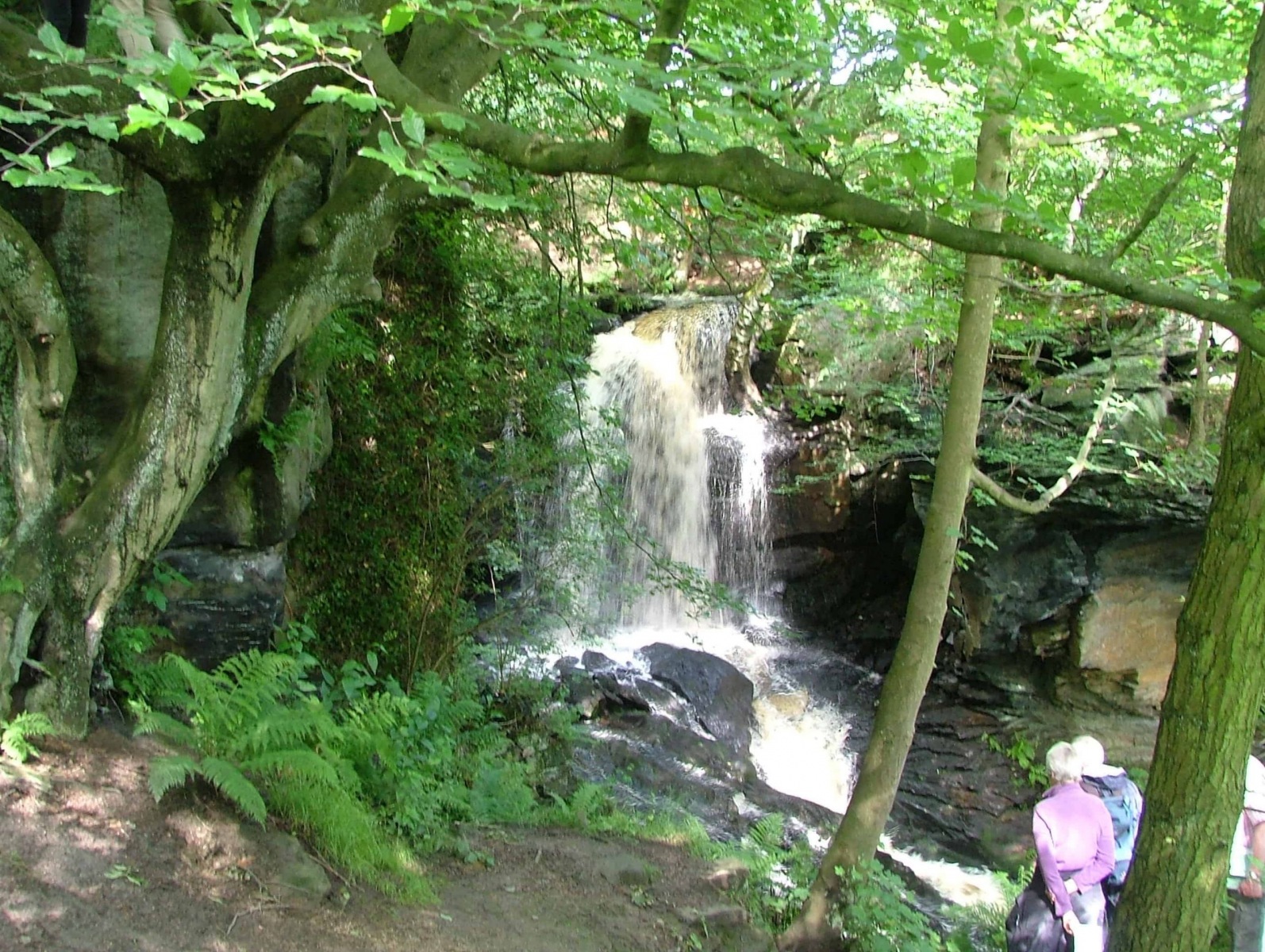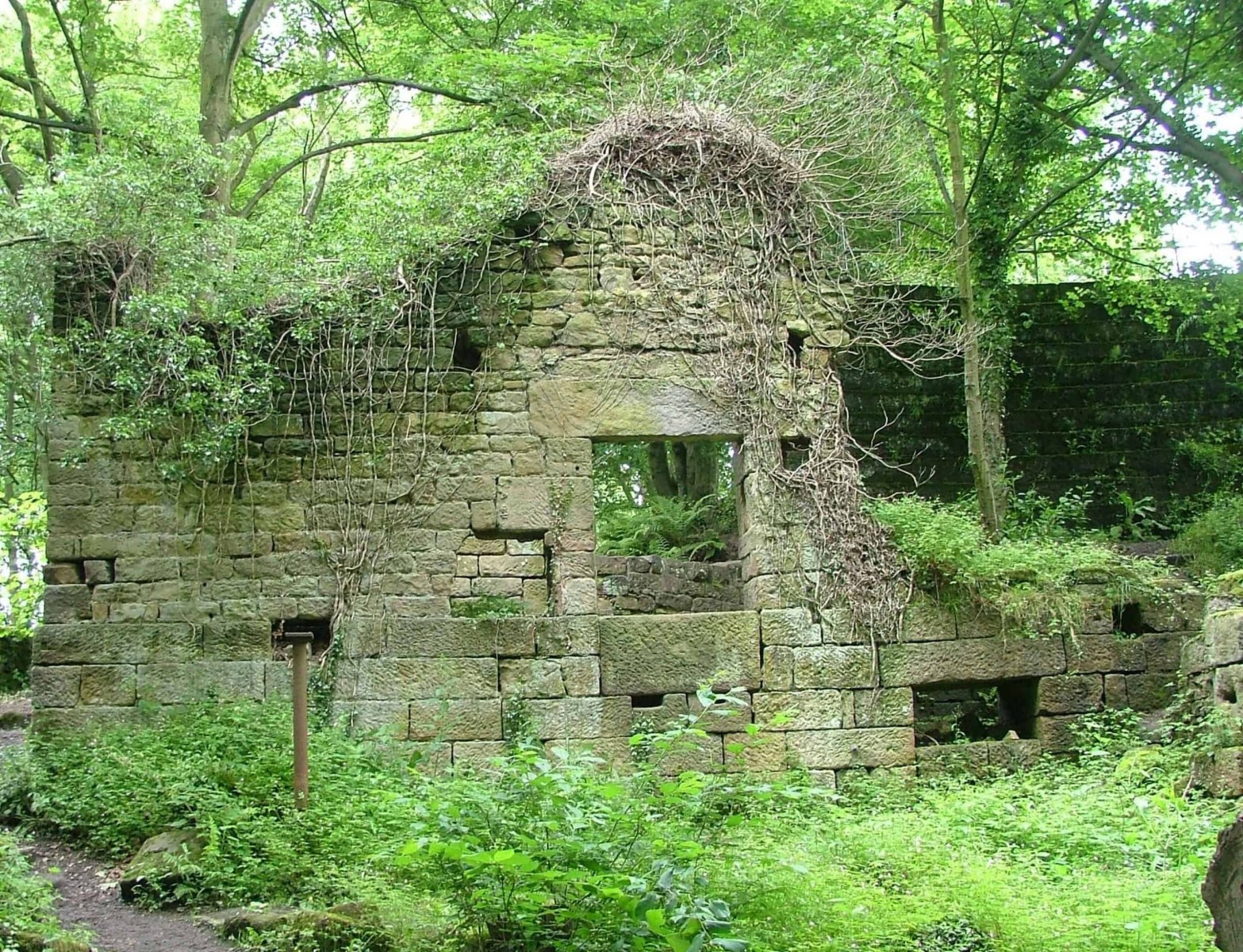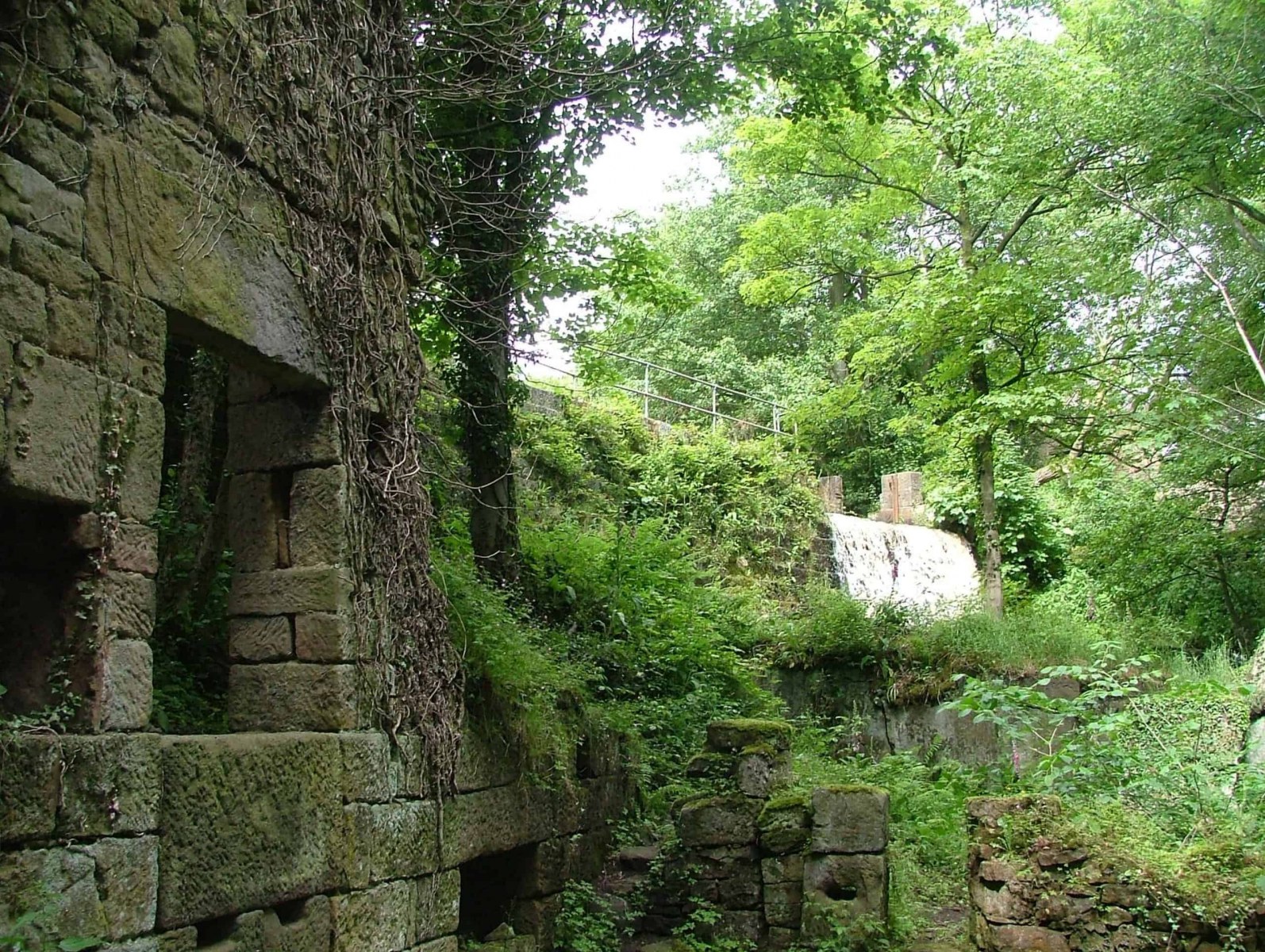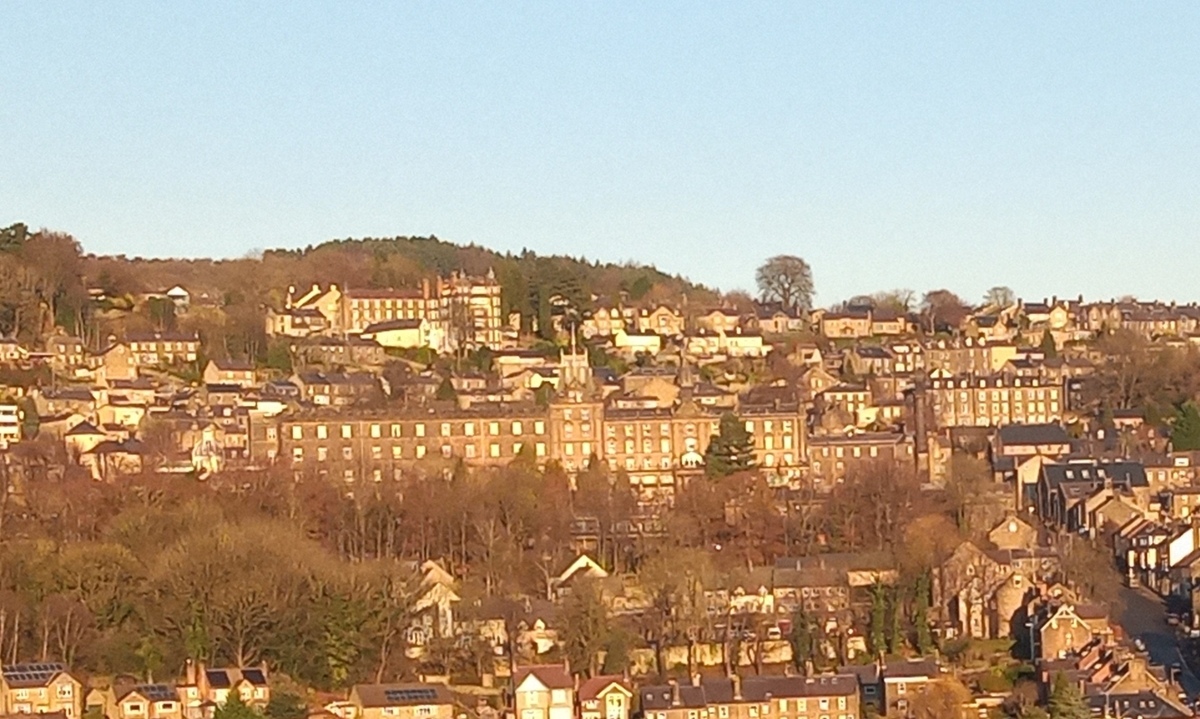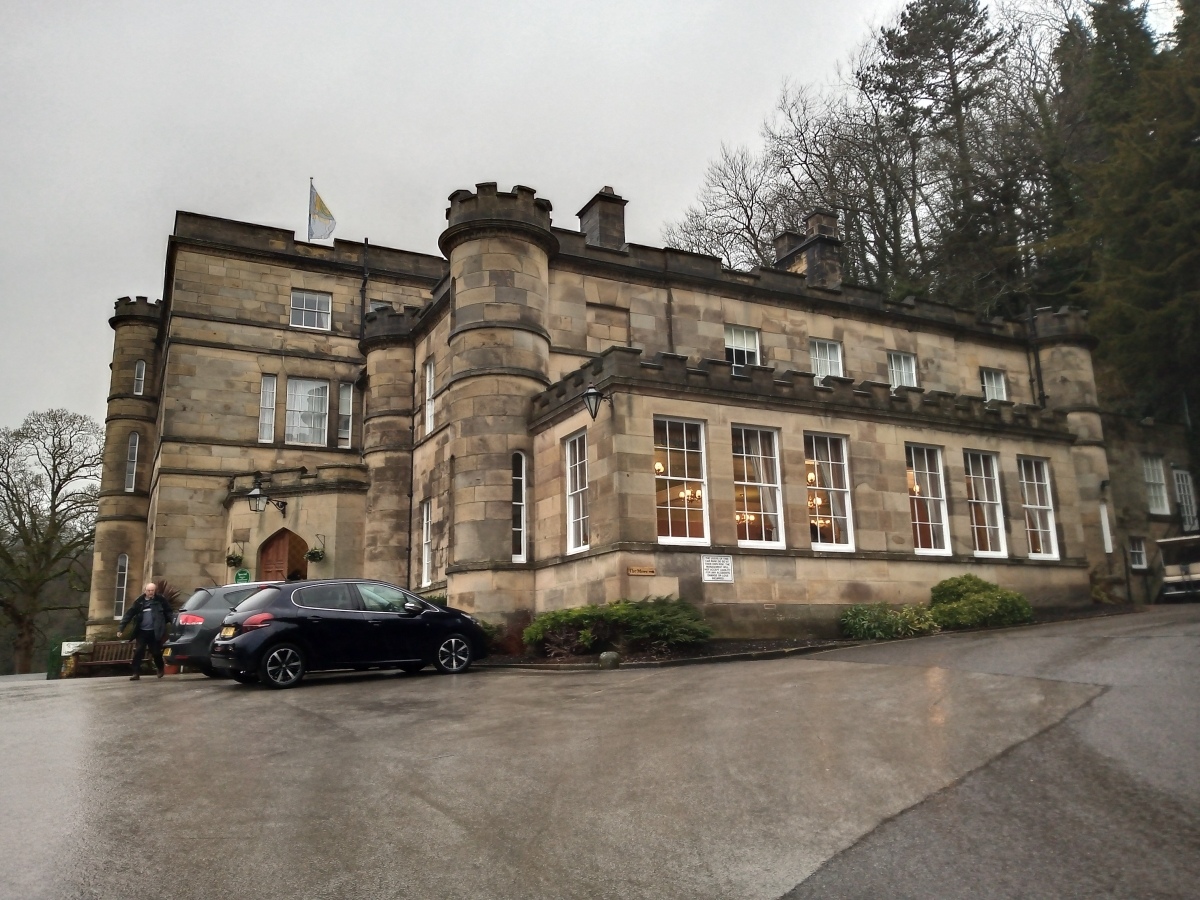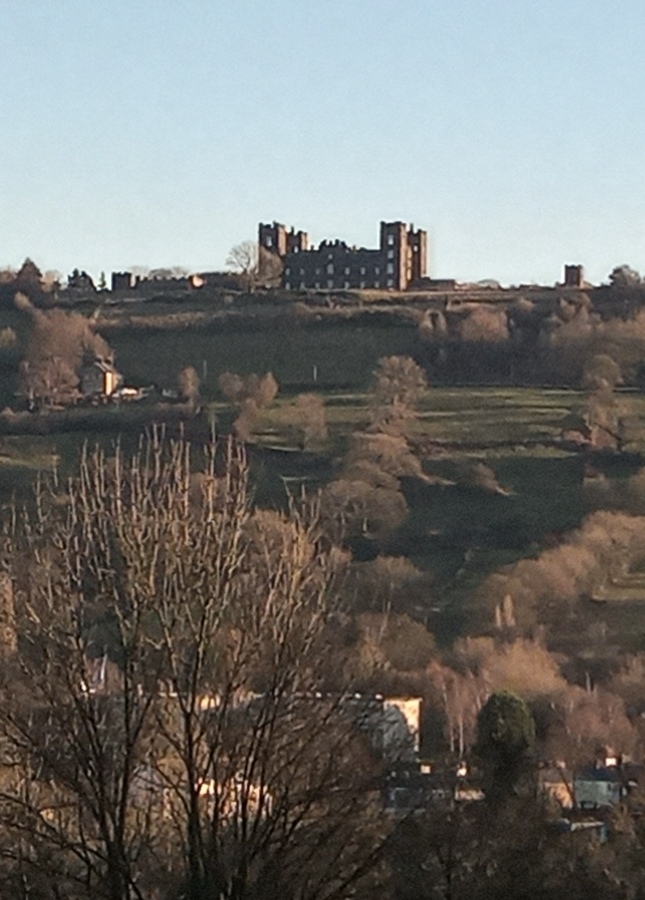Today, Matlock is the county town of Derbyshire and a key centre for local government, hosting not only its own Town Council but also Derbyshire Dales District Council and Derbyshire County Council (map of Matlock Area). However unlike most other county towns, it is really a collection of settlements clustered across the Derwent Valley
Steep Hills and Steeped in History
The Matlock area is surrounded by hills and steep ones at that. Not many towns can boast of their own gorge crossed by a cable car.
Standing at the junction of the Peak District (Britain’s first National Park) and the Derwent Valley Mills Heritage Trail (A World Heritage Site), it has all the features of the Peaks, concentrated in a small area, plus grand buildings that stand testament to the engineers and entrepreneurs of the Industrial Revolution. For a detailed history of the area, please visit The Andrews Pages. For a superb collection of historic photos of Matlock and Matlock Bath please visit Picture the Past.
Matlock; Mountains, Mines, Mills, Maladies, … and Motorcycles
Mountains
The Matlock area has elements of both White Peak and Dark Peak, spectacular limestone cliffs carved out by the River Derwent, which runs through the Matlocks, and high gritstone edges that have also been quarried for building stone. Today those cliffs and quarries attract rock climbers from far afield. Equally the river beneath attracts many canoeists.
INSERT PHOTO GALLERY – View from Pic Tor, High Tor, Mine entrances, Caves, Roman Cave, Mining Museum, thermal springs
The grandeur of the Matlock Valley has long attracted tourists. By 1700 its warm springs and bath house were welcoming visitors. Celebrities began to discover the area; Erasmus Darwin, Josiah Wedgwood, Princess (later Queen) Victoria and Lord Byron (who compared the valley to Switzerland)
In famed Attica such lovely dales
Are rarely seen; nor can fair Tempè boast
A charm they know not
Mines
The Matlock Valley is honeycombed with both caves and old lead mine workings, some of which are thought to date back to Roman times. The limestone formations are riven by numerous faults, where the deposits of galena (the main lead ore), fluorspar and barytes were found. It is home to the Peak District Lead Mining Museum, where you can take a tour of Temple Mine. At one stage, Mill Close Mine in Darley Dale was the largest lead mine in the country and in its heyday fortunes were made by mine owners. The largest landowners in the area, the Manners and Cavendish families, maintained claims to mining rights and dues. The opulence of Haddon Hall and Chatsworth House are probably attributable in no small measure to lead mining.
Mills
Whilst the mines have been worked in this area for centuries, it was the steepness of the valleys and reliable water sources that sparked the growth of industry here. Water power has been harnessed in this area for centuries. In the Lumsdale Valley of Matlock, there was a mill operating in the late 16th century and at one stage it had six water powered mills.
The Lumsdale Valley (owned & conserved by the Arkwright Society)
This area witnessed the birth of the Industrial Revolution. Richard Arkwright was probably the first person to successfully exploit water power for industrial scale cotton production. Visitors can still tour Arkwright’s Mill (1771 onwards) and Masson Mill (1783). In 1784, Peter Nightingale (great uncle of Florence Nightingale who lived at Lea Hurst, Holloway) and John Smedley set up Lea Mills nearby. Over 230 years later, Lea Mills is still in production and selling premium quality clothing around the world. It now claims to be the world’s oldest manufacturing factory. Another pioneering engineer with strong local connections was Joseph Whitworth (who did much to advance the precision of manufacturing).
The Legacy of Arkwright and Smedley; Riber Castle (Smedley), Willersley Castle (Arkwright), Lea Mills (Smedley), Arkwright’s Mill, Cromford, Masson Mill, Cromford (Arkwright)
Names such as Richard Arkwright, John Smedley and Joseph Whitworth are still very much in evidence today because of the legacy of magnificent buildings that they left behind in the Derwent Valley.
Richard Arkwright commissioned the building of Willersley Castle although he died before he could occupy it and it was his son who moved into it.
John Smedley’s son (also John Smedley) built Riber Castle (nicknamed “Smedley’s Folly”) which stands tall above the valley.
The Whitworth family are remembered in the Whitworth Institute, given to the people of Darley Dale as a social and educational facility, and the Whitworth Hospital. Whitworth also bought and extended Stancliffe Hall.
Maladies
In 1825, John Smedley’s son (also John Smedley) took over the running of Lea Mills. While on honeymoon in Switzerland in 1847, John Smedley became seriously ill. On his return to England, he recuperated at the hydropathic establishments in Yorkshire and Cheltenham. From then on, hydropathy was the greatest interest in Smedley’s life. He built Smedley’s Hydro, now the HQ of Derbyshire County Council. He even encouraged others to follow his example, such that towards the end of the 19th century, there were over 20 hydropathic establishments in the Matlock area. Whilst none still operate as such, the fine buildings still remain.
INSERT PHOTOS Willersley, County Hall, Rockside,
These hydros became popular with the rich and famous in Victorian times as a place to “take the cure” and this contributed to a major growth in tourism to the Matlock area, greatly aided in 1849 by the coming of the railway. Matlock Bath had long been a tourist town. Previously tourists had been brought in by coach and canal from the station at Ambergate; around thirty coaches had passed that way each day, with sixty or seventy thousand visitors going on to Chatsworth House. Matlock station (then called Matlock Bridge) was designed by Sir William Paxton and opened in 1850. The aim of the railway then was to develop the trade further.
Others entrepreneurs took advantage of this by opening up visitor attractions such as petrifying wells. Thousands of visitors came to marvel at objects left in the mineral-rich thermal springs which quickly became “turned to stone”. Only one such well is open today. This tufa rock was highly prized for decorative landscaping in Victorian times and continued in use up to the first World War. Examples can be found in Derwent Gardens.
INSERT PHOTOS Petrifying Wells, Aquarium, Tufa, Thermal Springs, Park fountains, Lovers Walk
… and Motorcycles
Today the area still welcomes many tourists to attractions such as the Heights of Abraham park, Gulliver’s Kingdom theme park, the Peak District Mining Museum, Haddon Hall and Chatsworth House. On most Sundays, it is a Mecca for motorcyclists who gather in their hundreds to mingle and admire the gleaming machines on show. Every autumn, visitors flock to see the “Venetian Nights”, the Matlock Bath Illuminations set up on boats on the Derwent and along the riverbank. There is also the Victorian Matlock Christmas Market and famous Boxing Day raft race held on the river. Well dressing is still celebrated in Matlock and many of the surrounding villages, showing that water is still at the heart of the Matlock area. Please follow links for a full list of local attractions and events. Why not come and see for yourself!

